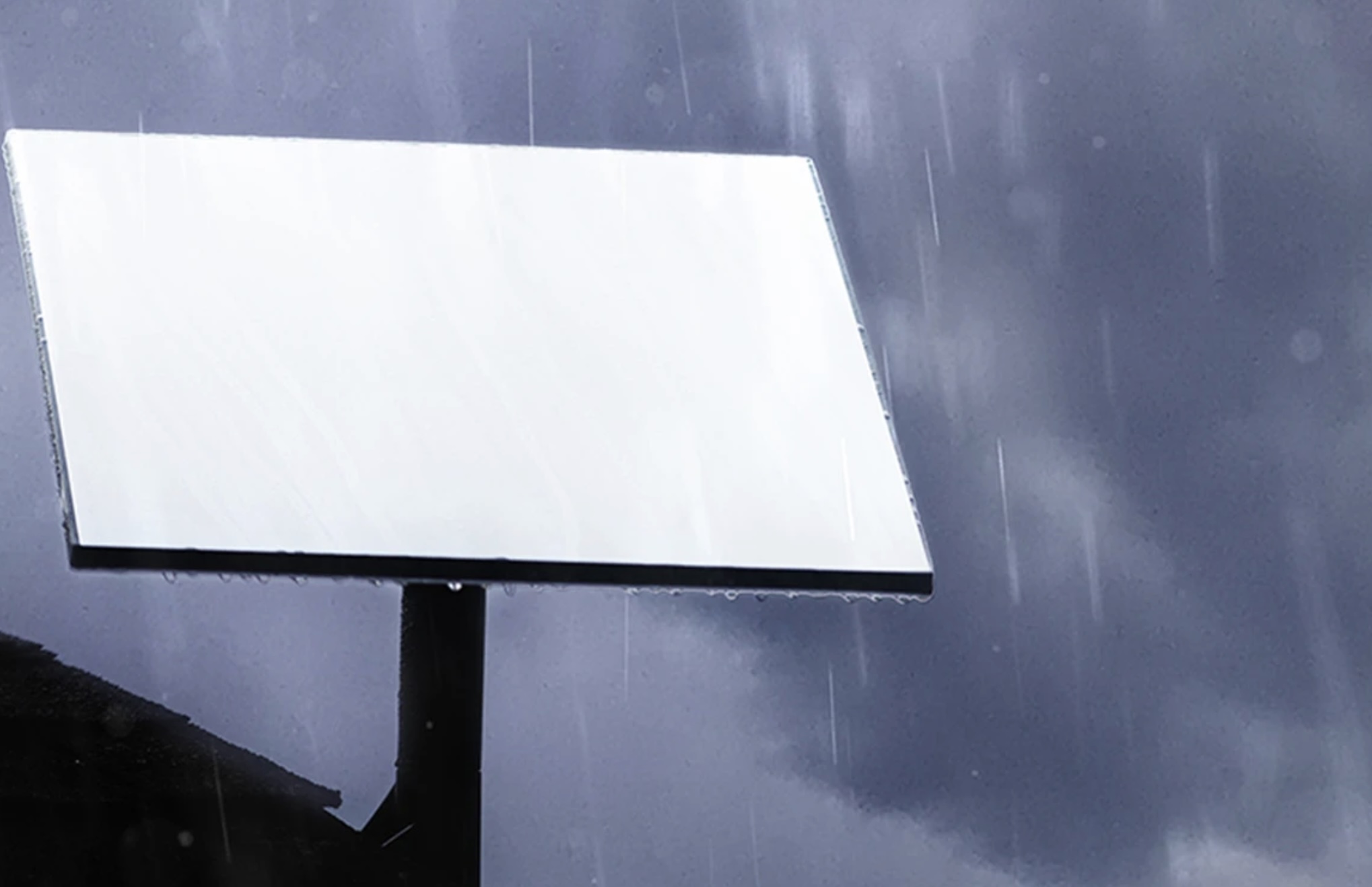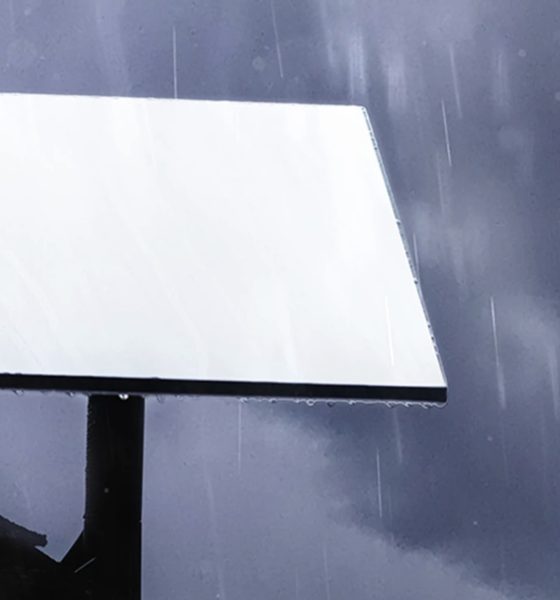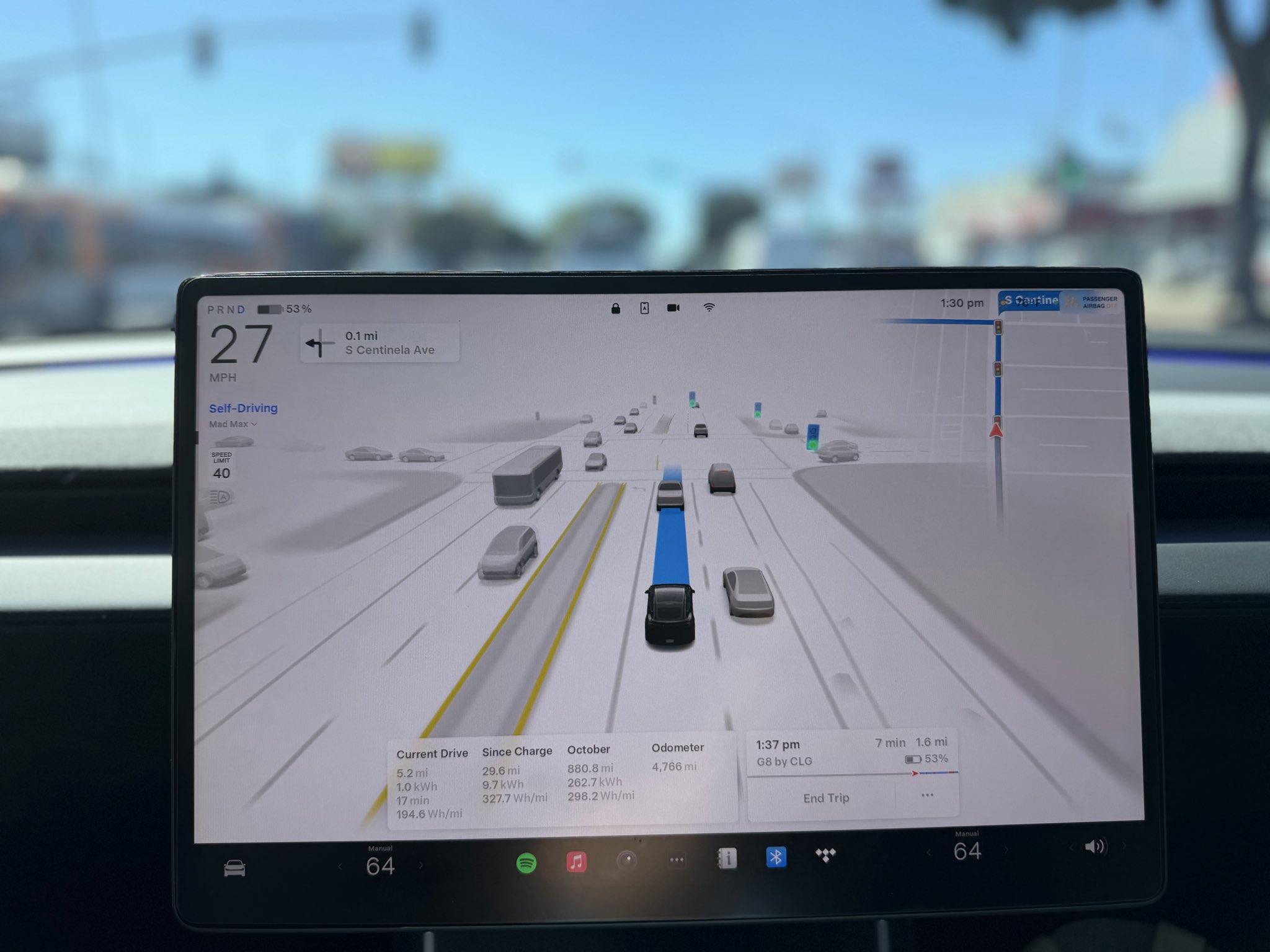

News
Starlink provides free service for 30 days in areas impacted by Hurricane Helene
Starlink’s capability to provide fast, reliable connectivity to disaster zones was proven once again when the satellite internet system was deployed in states that were ravaged by Hurricane Helene. To further help communities that were affected by the natural disaster, Starlink has announced its Hurricane Helene Relief program, which offers 30 days of free internet connectivity to areas affected by the Category 4 storm.
While the deployment of Starlink kits to hurricane-ravaged areas such as North Carolina has become an unfortunately political topic, Starlink’s contributions to people who were affected by the storm are undeniable. In the aftermath of Hurricane Helene, SpaceX announced on X that about 500 Starlink kits have been deployed by private individuals and organizations to help with recovery efforts.
In total, ~500 Starlink kits have arrived, or will arrive shortly, and are being deployed by private individuals and organizations with @SpaceX support to help with the recovery efforts https://t.co/10dur9wr9R— Starlink (@Starlink) October 1, 2024
Separately, FEMA noted in a press release that it had deployed 40 Starlink kits to help with responder communications in North Carolina, with one terminal being deployed per county EOC to assist with communications and continuity of government. FEMA also noted that an additional 140 Starlink kits were being deployed. As of writing, FEMA noted that it has helped provide 67 total Starlink kits to North Carolina, including three terminals for the Eastern Band of Cherokee Nation and four terminals for critical lifeline locations as determined by the state.”
We are making a system update to allow all Starlinks in the affected areas to work, regardless of payment.
Software update hopefully completed tonight. Tomorrow at the latest. https://t.co/RcSwU54DtL— Elon Musk (@elonmusk) October 1, 2024
Amidst continued efforts to reestablish communication and connectivity in areas affected by Hurricane Helene, a number of private individuals who were donating Starlink kits asked Elon Musk if the satellite internet service could be made free for a period for time in disaster zones. Musk responded to these requests on X, stating that SpaceX was making a system update that would allow Starlink kits in disaster areas to work regardless of payment.
For those impacted by Hurricane Helene, or looking to support response and recovery efforts in affected areas, Starlink is now free for 30 days.
Learn more here → https://t.co/SmoEBQdj1j https://t.co/pfWsdREYMb— Starlink (@Starlink) October 2, 2024
In a later post on X, Starlink’s official account announced the launch of its Hurricane Helene Relief program, which provides 30 days of free connectivity to terminals operating in areas affected by Hurricane Helene. Starlink provided the following terms and conditions, as well as instructions, to new and current users in disaster zones:
Areas affected by Hurricane Helene are currently eligible for 30 days of free Starlink service to help with response and recovery efforts → https://t.co/SmoEBQdQQR pic.twitter.com/FBeBtn8cqn— Starlink (@Starlink) October 2, 2024
Hurricane Helene Relief
Starlink aims to enable anyone impacted by a natural disaster to be able to access internet connectivity.
For those in areas that were impacted by Hurricane Helene, Starlink is available and temporarily offering free service for the first month.
If you are impacted by Hurricane Helene, or are looking to enable rapid assistance for responding to communities impacted by Hurricane Helene, and need to access this 30 day free service option, please follow the steps below:
New customers:
- Go to starlink.com/residential
- Enter your address, and click order now
- Select the “Helene Relief” service plan and check out
- Note – Only service areas impacted by Helene will display the “Helene Relief” service option. if you do not see the $0 option, your area is not eligible. If you believe this is in error, please let us know by contacting support.
Current customers activating additional kits purchased from a retailer:
- Go to starlink.com/activate
- Enter your Starlink kit identifier
- Enter your address, click search
- Select “Residential”
- Select the “Helene Relief” service plan and check out
- Repeat for each kit, if adding more than one
- Note – We have temporarily increased the kit limit to 20 kits per residential account. If you need to add more than 20 kits to your account for large account activation assistance for emergency response groups, please contact support requesting Helene assistance.
Current customers:
If you are in need of assistance due to Hurricane Helene as a current customer, please create a support ticket requesting a Helene relief credit. Our teams will evaluate eligibility based on the same impacted areas as above.
Other information to know
- After 30 days, we will move you to a paid Residential subscription, tied the location you are using it in at that time. We will reevaluate as necessary based on conditions in the area. Starlink will notify you as the 30 day mark approaches to remind you of the change.
- There may be limitations on the ability to transfer these kits or continue free service outside of the disaster region. More details will be added here as necessary.
Don’t hesitate to contact us with news tips. Just send a message to simon@teslarati.com to give us a heads up.

News
Czech Deputy excited for Tesla FSD, hints at Transport Committee review
The ANO party lawmaker shared his thoughts about FSD in a post on social media platform X.

Martin Kolovratník, a Czech Republic Chamber of Deputies member, has expressed his excitement for Tesla’s Full Self-Driving (FSD) after an apparent constituent called for a quick approval for the advanced safety system.
The ANO party lawmaker, who drives both diesel and EV, shared his thoughts about the matter in a post on social media platform X.
The official’s initial statements
Kolovratník kicked off the exchange with a post outlining his coalition’s efforts to scrap highway toll exemptions for electric vehicles and plug-ins starting in 2027.
“Times have changed. Electric vehicles are no longer a fringe technology, but a full-fledged part of operations. And if someone uses the highway network, they should follow the same rules as everyone else. That’s the basis of fairness,” he wrote.
He emphasized equity over ideology, noting his personal mix of diesel and electric driving. “For this reason, there is no reason to continue favoring one technology at the expense of another… It’s not about ideology, it’s about equal conditions. That’s why we clearly agreed within the new coalition: the exemption for electric vehicles and plug-ins will end in 2027. The decision is predictable, understandable, and economically sound.”
Tesla FSD enthusiasm
The conversation pivoted to Tesla’s FSD when X user @robotinreallife, who seems to be one of the official’s constituents, replied that other matters are more important than ending highway exemptions for EVs.
“I’m happy to pay for the highway, but I have a question about a much more fundamental matter: The Netherlands will approve the operation of Tesla FSD in February 26, a technology that has been proven to reduce accidents. The Czech Republic has the option to immediately recognize this certification. Do you plan to support this step so that we don’t unnecessarily delay?” the X user asked.
Kolovratník responded promptly, sharing his own excitement for the upcoming rollout of FSD. “I know about it. I like it and it seems interesting to me. Once we set up the committees and subcommittees, we’ll open it right away in that transport one. Thanks for the tip, I’ll deliver the report,” the official noted in his reply on X.
Kolovratník’s nod to FSD hints at the system’s potentially smooth rollout to Czechia in the coming year. With the Netherlands possibly greenlighting FSD (Supervised) in early 2026, Kolovratník’s commitment could accelerate cross-border certification, boosting FSD’s foray into Europe by a notable margin.
News
Tesla Model 3 named New Zealand’s best passenger car of 2025
Tesla flipped the switch on Full Self-Driving (Supervised) in September, turning every Model 3 and Model Y into New Zealand’s most advanced production car overnight.

The refreshed Tesla Model 3 has won the DRIVEN Car Guide AA Insurance NZ Car of the Year 2025 award in the Passenger Car category, beating all traditional and electric rivals.
Judges praised the all-electric sedan’s driving dynamics, value-packed EV tech, and the game-changing addition of Full Self-Driving (Supervised) that went live in New Zealand this September.
Why the Model 3 clinched the crown
DRIVEN admitted they were late to the “Highland” party because the updated sedan arrived in New Zealand as a 2024 model, just before the new Model Y stole the headlines. Yet two things forced a re-evaluation this year.
First, experiencing the new Model Y reminded testers how many big upgrades originated in the Model 3, such as the smoother ride, quieter cabin, ventilated seats, rear touchscreen, and stalk-less minimalist interior. Second, and far more importantly, Tesla flipped the switch on Full Self-Driving (Supervised) in September, turning every Model 3 and Model Y into New Zealand’s most advanced production car overnight.
FSD changes everything for Kiwi buyers
The publication called the entry-level rear-wheel-drive version “good to drive and represents a lot of EV technology for the money,” but highlighted that FSD elevates it into another league. “Make no mistake, despite the ‘Supervised’ bit in the name that requires you to remain ready to take control, it’s autonomous and very capable in some surprisingly tricky scenarios,” the review stated.
At NZ$11,400, FSD is far from cheap, but Tesla also offers FSD (Supervised) on a $159 monthly subscription, making the tech accessible without the full upfront investment. That’s a game-changer, as it allows users to access the company’s most advanced system without forking over a huge amount of money.
News
Tesla starts rolling out FSD V14.2.1 to AI4 vehicles including Cybertruck
FSD V14.2.1 was released just about a week after the initial FSD V14.2 update was rolled out.

It appears that the Tesla AI team burned the midnight oil, allowing them to release FSD V14.2.1 on Thanksgiving. The update has been reported by Tesla owners with AI4 vehicles, as well as Cybertruck owners.
For the Tesla AI team, at least, it appears that work really does not stop.
FSD V14.2.1
Initial posts about FSD V14.2.1 were shared by Tesla owners on social media platform X. As per the Tesla owners, V14.2.1 appears to be a point update that’s designed to polish the features and capacities that have been available in FSD V14. A look at the release notes for FSD V14.2.1, however, shows that an extra line has been added.
“Camera visibility can lead to increased attention monitoring sensitivity.”
Whether this could lead to more drivers being alerted to pay attention to the roads more remains to be seen. This would likely become evident as soon as the first batch of videos from Tesla owners who received V14.21 start sharing their first drive impressions of the update. Despite the update being released on Thanksgiving, it would not be surprising if first impressions videos of FSD V14.2.1 are shared today, just the same.
Rapid FSD releases
What is rather interesting and impressive is the fact that FSD V14.2.1 was released just about a week after the initial FSD V14.2 update was rolled out. This bodes well for Tesla’s FSD users, especially since CEO Elon Musk has stated in the past that the V14.2 series will be for “widespread use.”
FSD V14 has so far received numerous positive reviews from Tesla owners, with numerous drivers noting that the system now drives better than most human drivers because it is cautious, confident, and considerate at the same time. The only question now, really, is if the V14.2 series does make it to the company’s wide FSD fleet, which is still populated by numerous HW3 vehicles.









